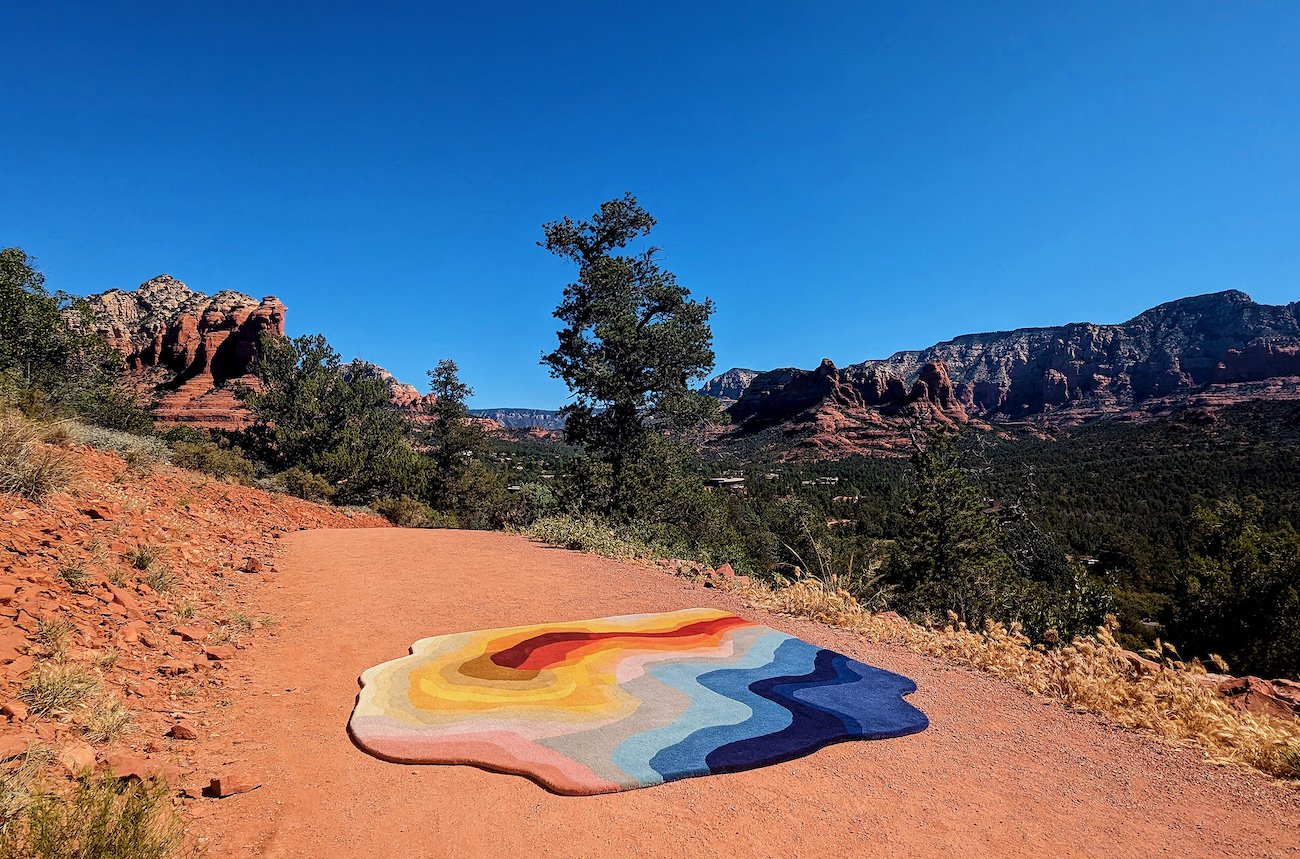
There’s a certain magic to the desert. It possesses a topography that few other landscapes do, whether it be dramatic hills, endless skies, or towering dunes. It’s precisely these organic forms that inspired Sonya Winner and Kevin McClellan’s recent design collaboration.
Released in late 2024, the duo’s Sedona series reinterprets Arizona’s singular landscape as the Sedona Irregular and Sedona Square rugs. Though varying in shape, both rugs mimic the region’s distinct rock formations, vistas, and natural hues, as captured through their asymmetrical compositions and nuanced colors. The rugs burst with earthy oranges and reds, while also capturing the deep blue tones characteristic of a clear Arizona sky.
These rugs are triumphs in their precision and vibrancy, but they’re also enhanced by Winner and McClellan’s expertise in two separate fields. Having established her eponymous rug studio in 2009, Winner demonstrates an exceptional command over color, weaving, and layering. McClellan, on the other hand, is trained as an architect, which allows him to create irregular yet highly sculptural color formations.
My Modern Met had the chance to speak with Winner and McClellan about their Sedona rugs, collaborative process, and the inspiration behind the series. Read on for our exclusive interview with the duo.
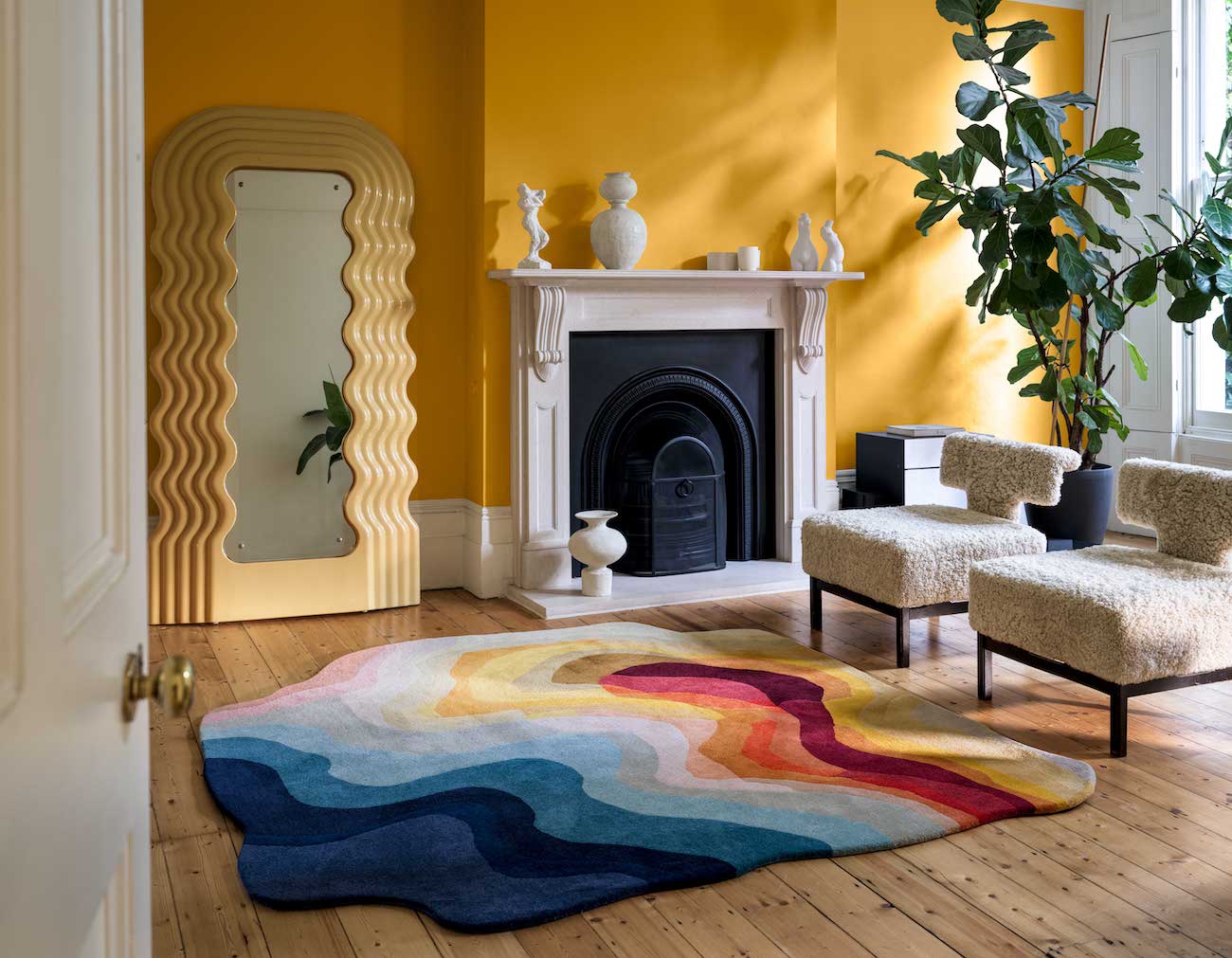
How did the two of you decide to collaborate on the Sedona rug project?
Sonya Winner [SW]: We were passionate followers of Kevin’s work, which we saw on his Instagram. We love the way Kevin uses color in his modern furniture designs, and we were very excited to work with him. We reached out through Instagram to see if he liked the idea of creating new rug designs with us!
Kevin McClellan [KM]: At that time, I was developing numerous formal explorations with deeply varied and intensely colored gradients across diverse—and sometimes uncomfortable—concepts, using AI and more traditional techniques.
Sonya and I started with a wonderful online meeting on process and inspiration, sharing both places and people that inspired us. It is there that we started our collaboration in earnest.
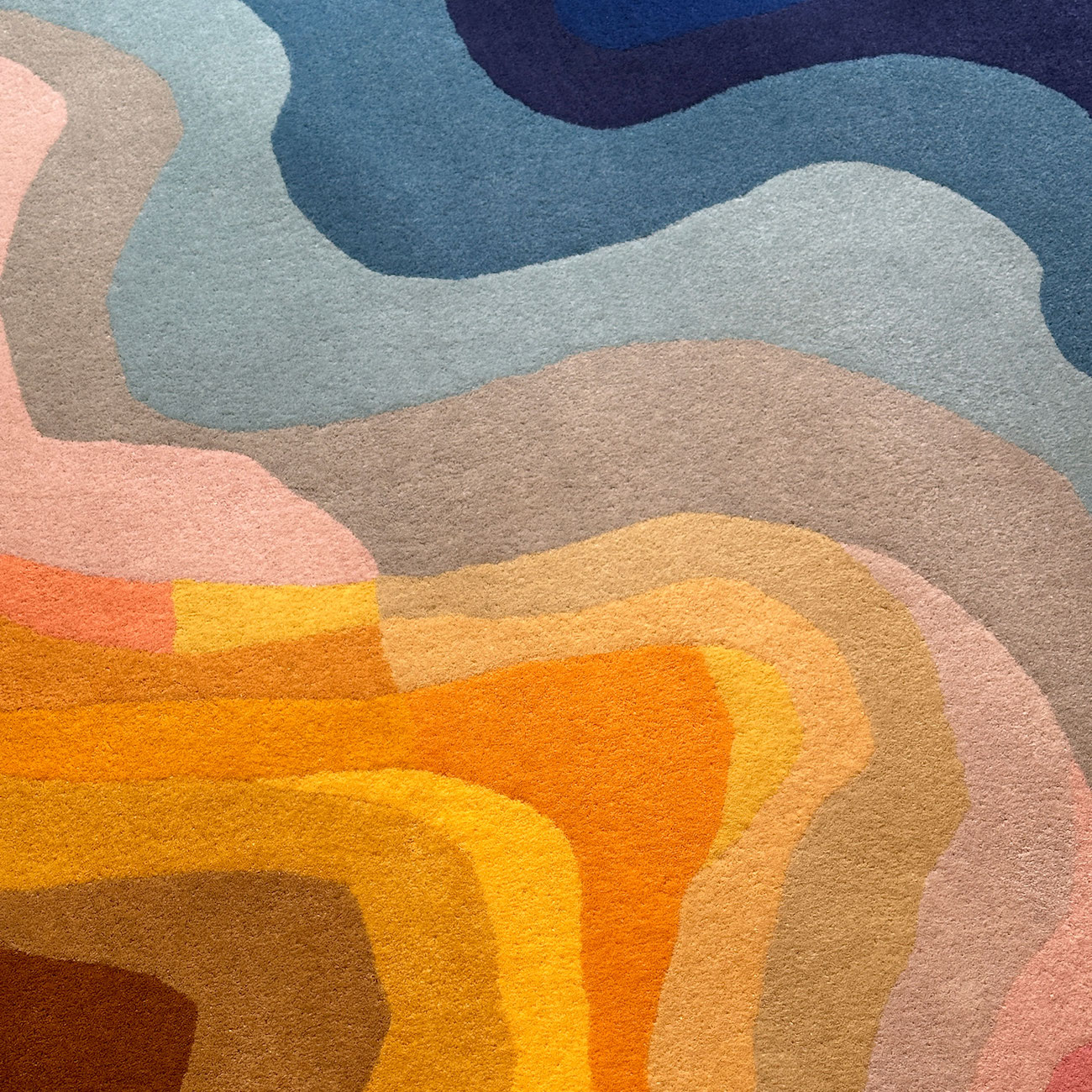
What was your creative process in designing these rugs?
SW: Kevin came up with lots of ideas for rugs and we then worked to narrow these designs down to those that would translate well into a rug and were unique enough to be desirable and protectable under copyright.
KM: Initially, Sonya and I began by bouncing design concepts around. At first our journey centered around very specific and detailed geometric forms, and designs I had been developing for some time. However, nothing really felt right other than one idea: that of a maze, a meandering line, often seen in topographical maps.
We began pushing that idea to the extreme both by being reductive and conversely maximalist!
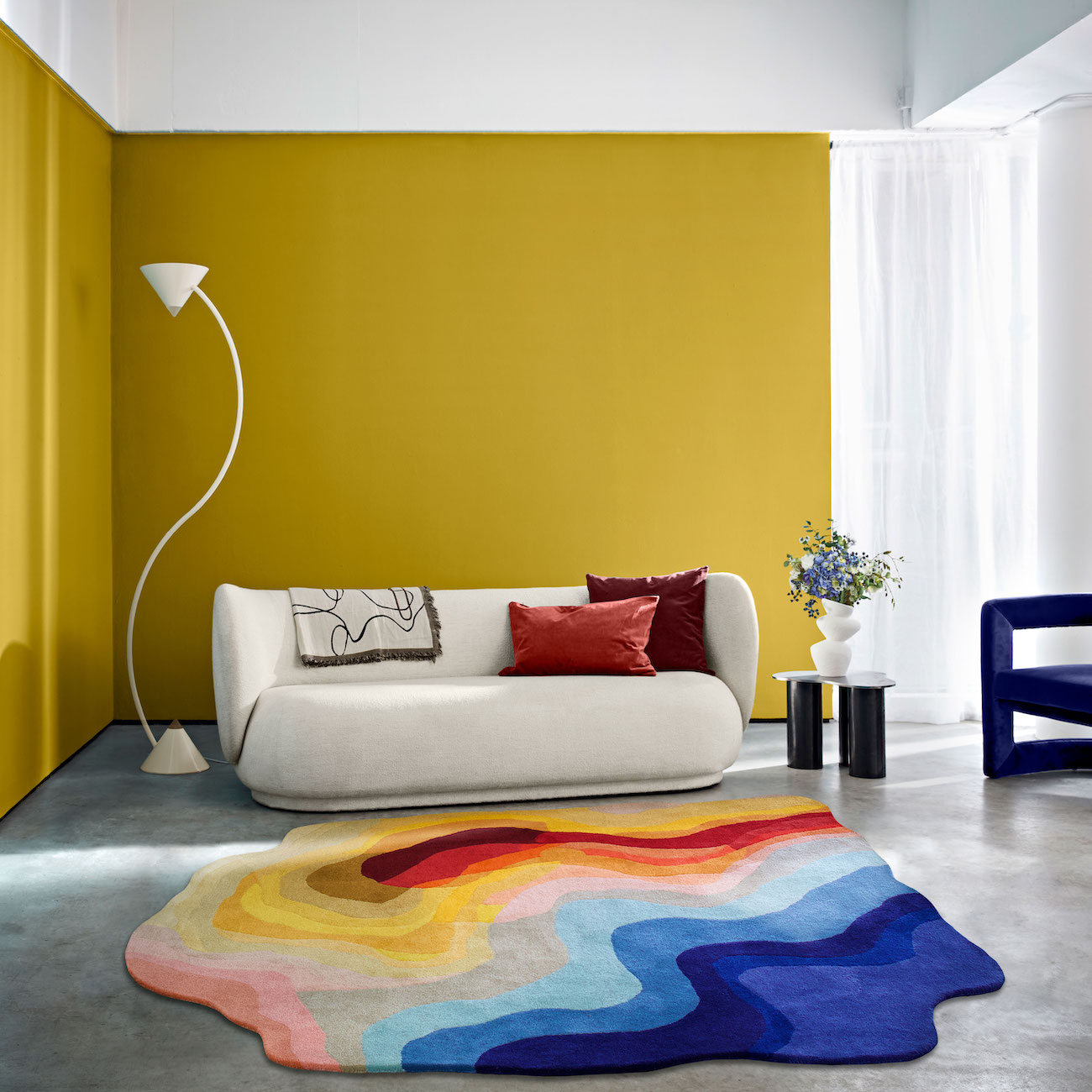
What originally drew you to Arizona’s landscape as a source of inspiration? How did you incorporate its unique topography in your rugs?
KM: Our conversations on travel. We love to share stories about our travels. That is Sonya and my shared passion. Sonya loves Greece and spends quite a lot of time there, inspired by the sea and the coastal environment. I have always loved the diversity of landscape in northern Arizona, almost moving to Flagstaff. We have both visited Sedona with our spouses by chance, and we both felt completely under the spell of the magic of the Sedona landscape.
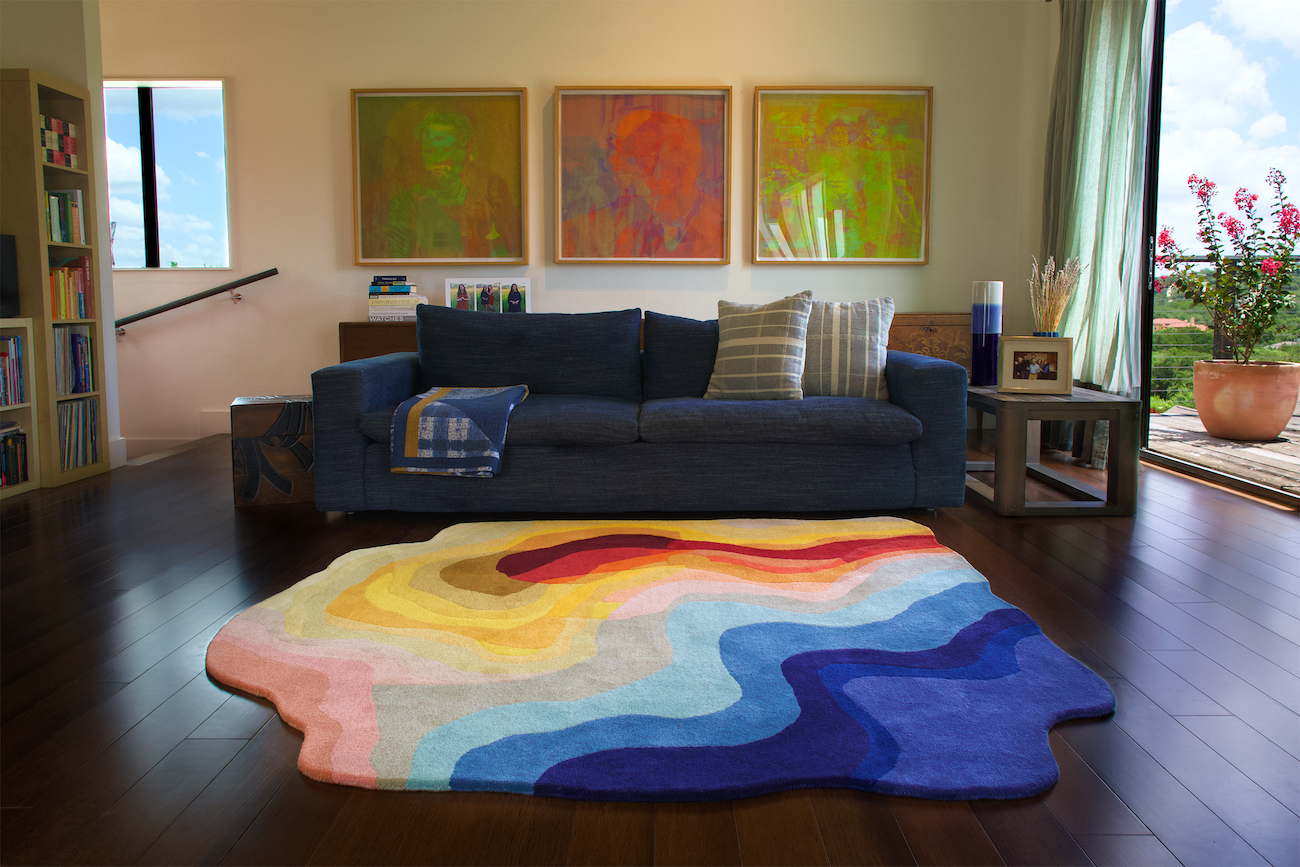
Kevin, you’re a design architect by profession, while Sonya, your work centers around rugs. What was the collaboration like for the two of you, especially as you approached the project from different fields?
SW: The collaboration was one of learning about each other and how, as an architect, rug design is both challenging and driven by craft and process.
Initially, some of the designs Kevin came up with had very fine lines, which are difficult to translate to a rug, especially a tufted rug. Kevin then evolved his beautiful designs to incorporate areas of irregular shaped colors, which are easier to translate into a rug using carving techniques to emphasize and isolate different shapes within the design. Creating something unique and eyecatching that is also a harmonious design requires playing around with many variations.
Kevin worked tirelessly to evolve his designs and the final result is something we both loved, one that could successfully be translated into a rug using my and my team’s weaving expertise.
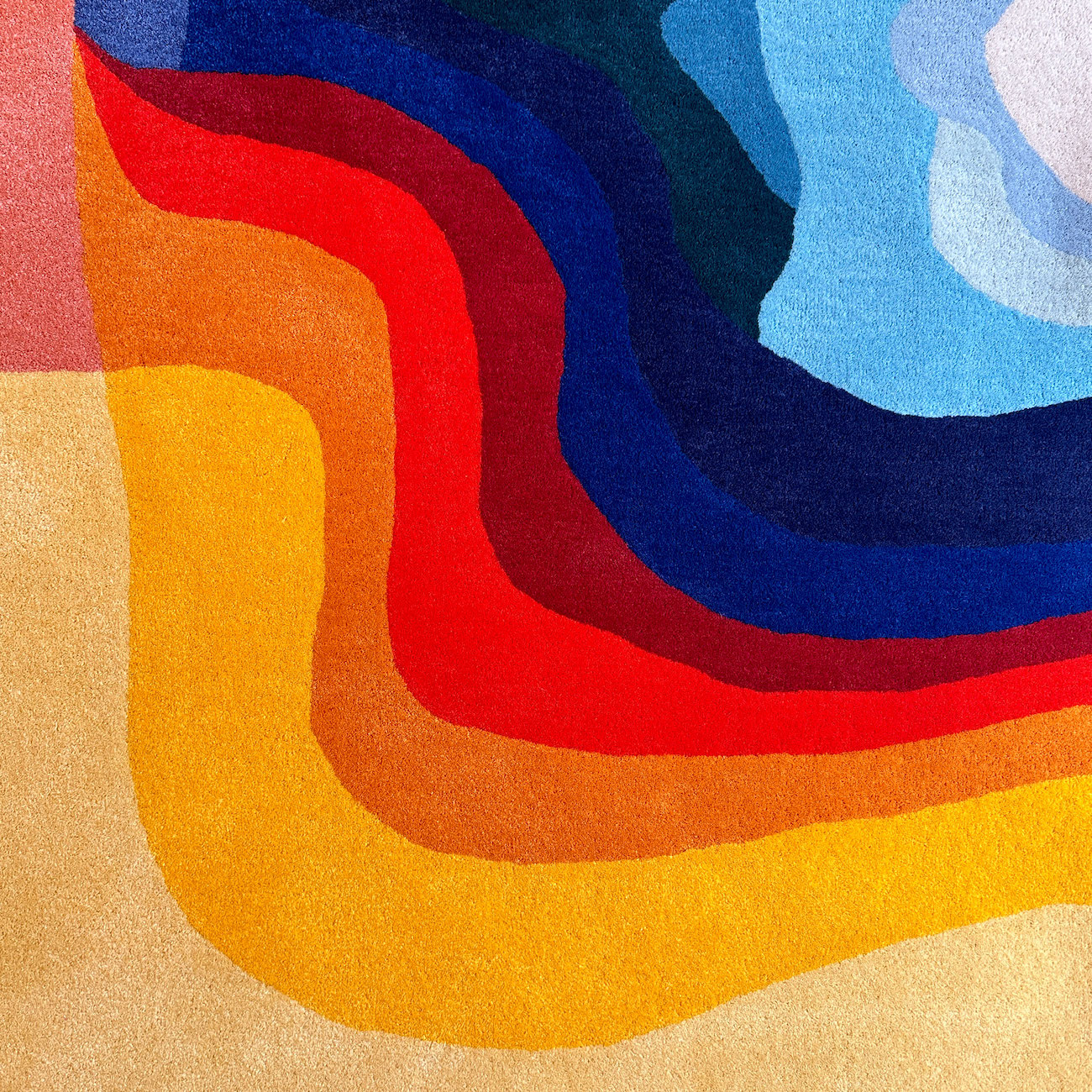
Asymmetry and irregularity are both major themes in this rug series, and appear quite frequently in both of your work. Why is asymmetrical design compelling to you?
KM: Nothing in nature is symmetrical, not even our own faces! The beauty of nature and the work around us can be found in its vast and deeply complex variation. That’s what those colors and shapes create, the sense of a world in flux, where the sky is underfoot and one is wrapped-up in the landscape.
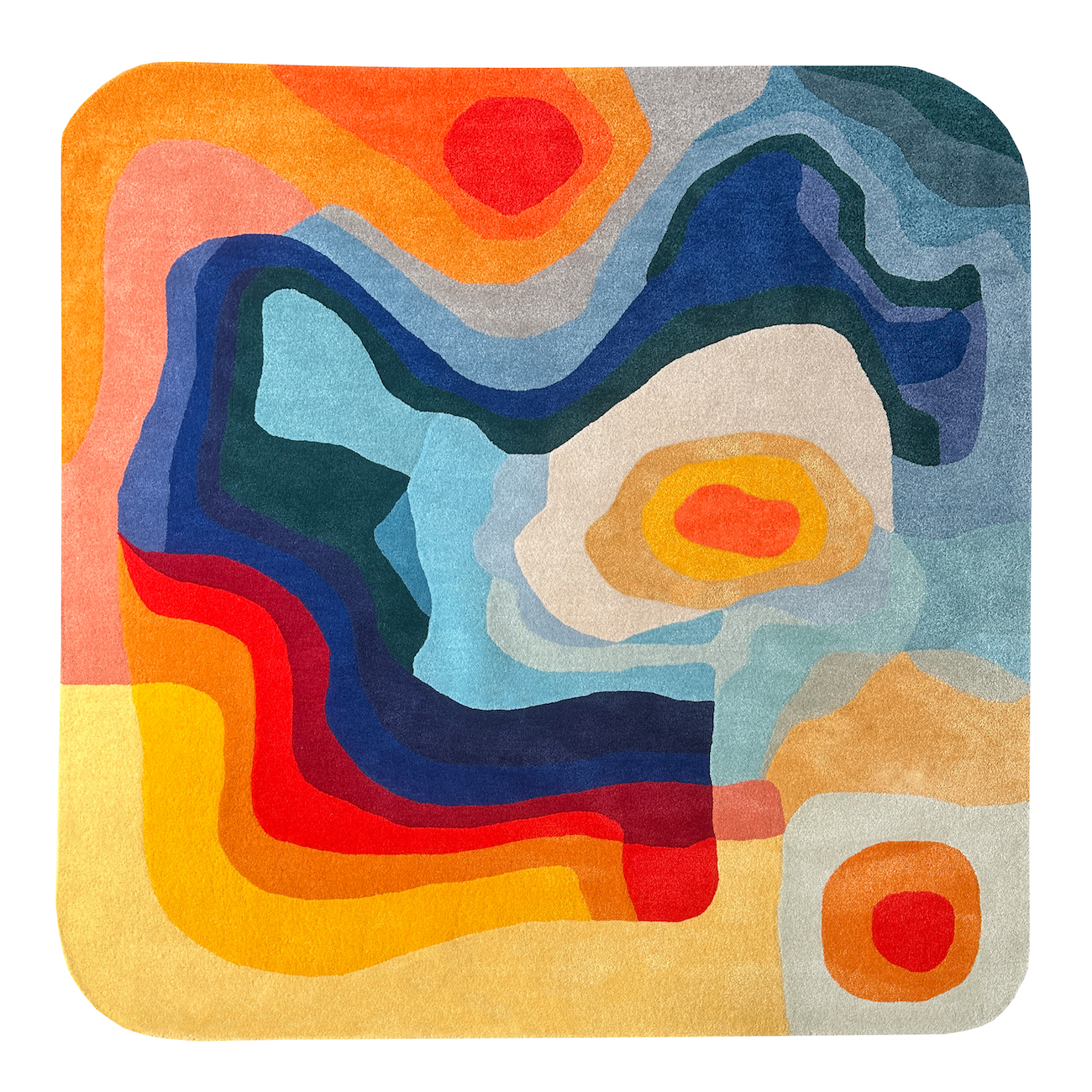
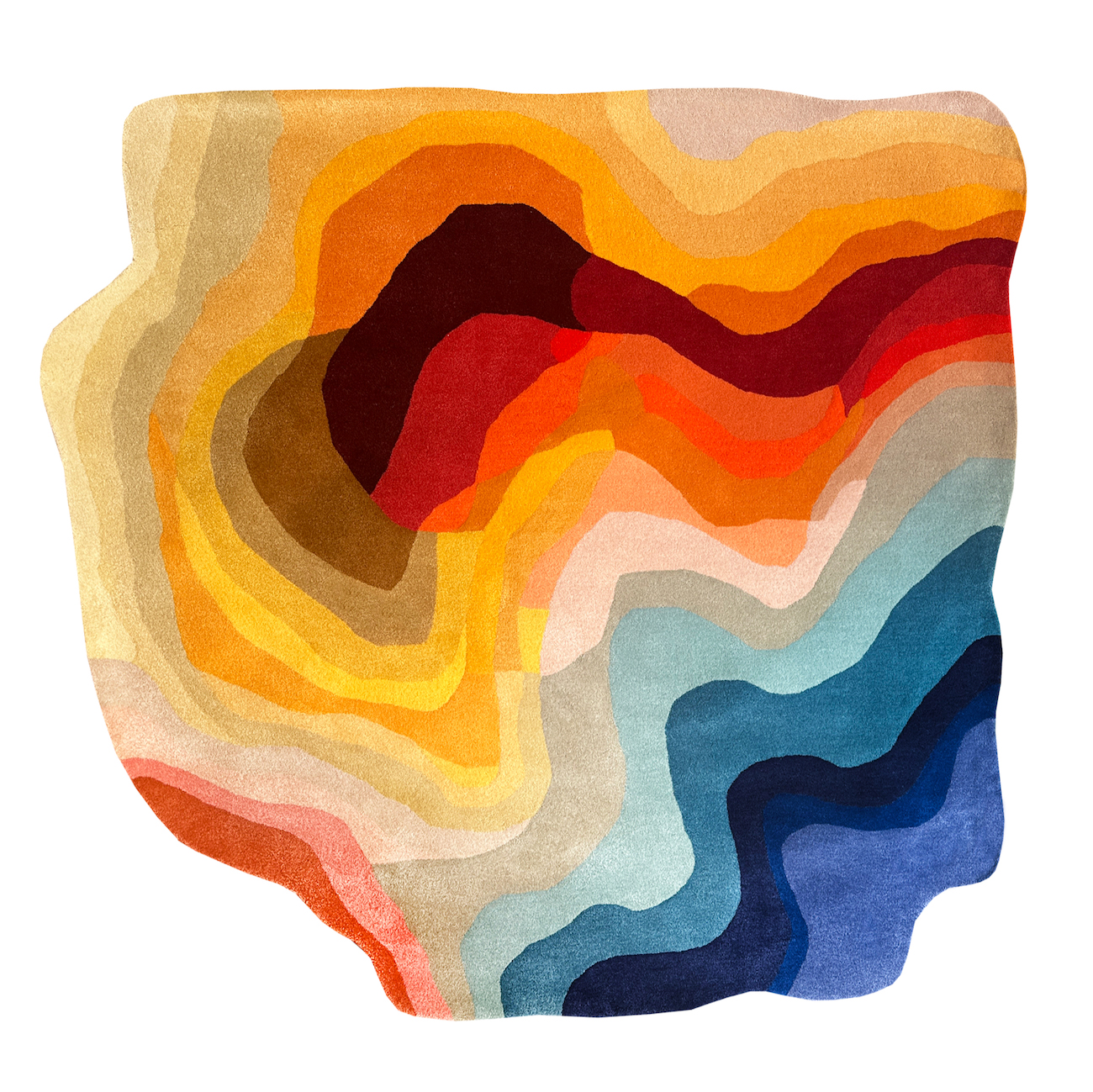
What do you hope people will take away from the Sedona series?
KM: That beauty is all around us in nature!
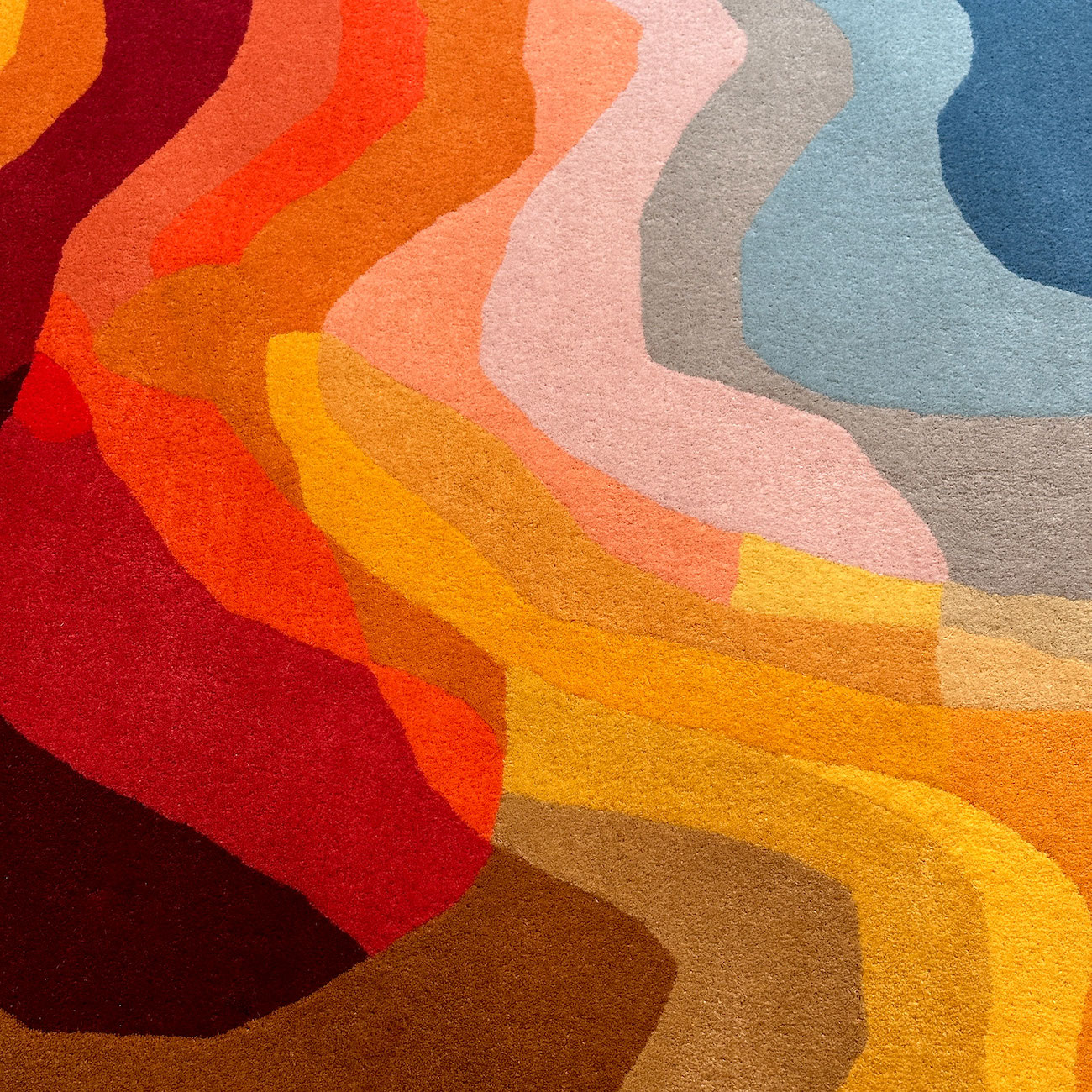
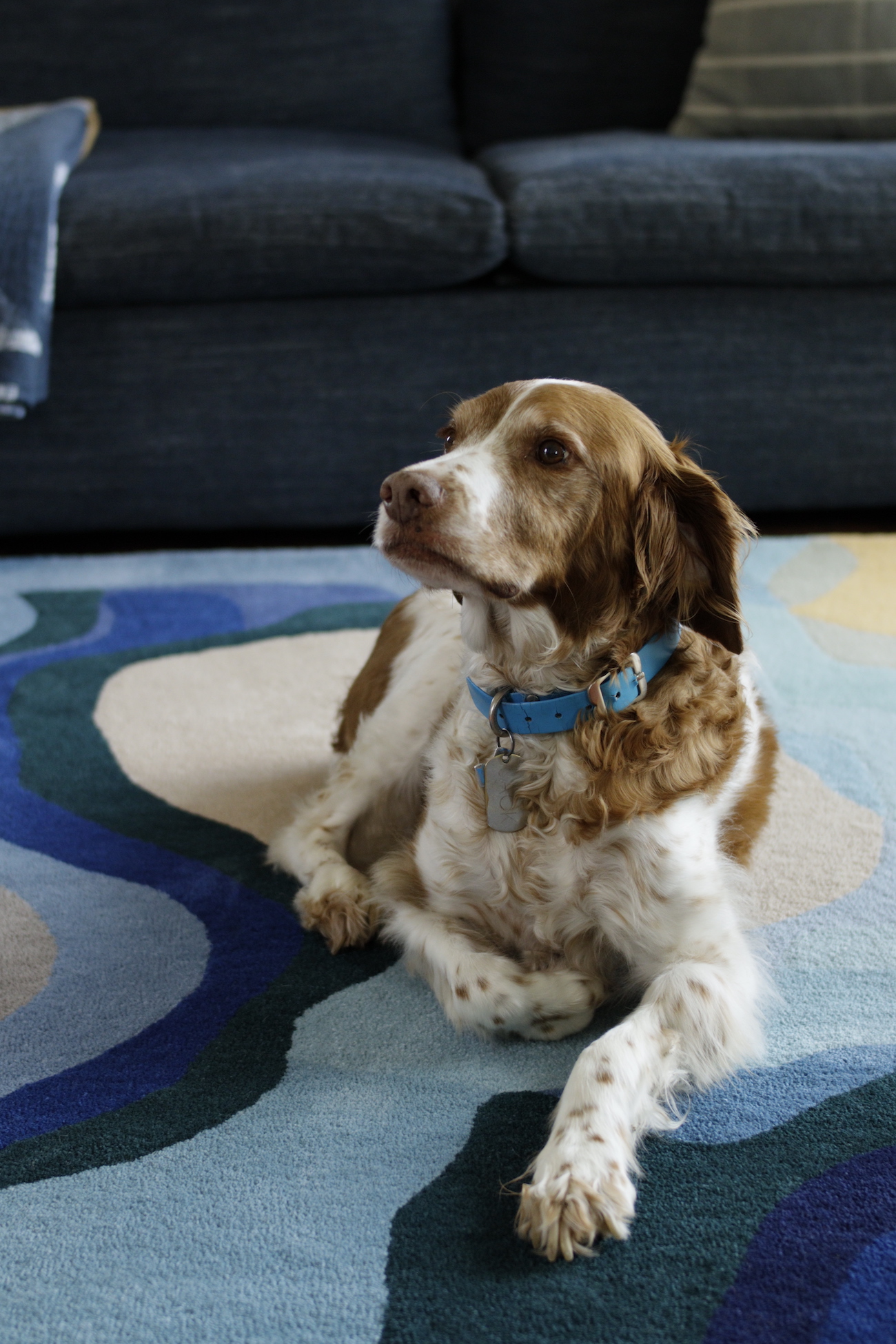
Do you have any other exciting projects coming up?
SW: I am currently working on a new rug series inspired by the colors of South America having recently traveled there!
KM: So many things! But it is a secret!
